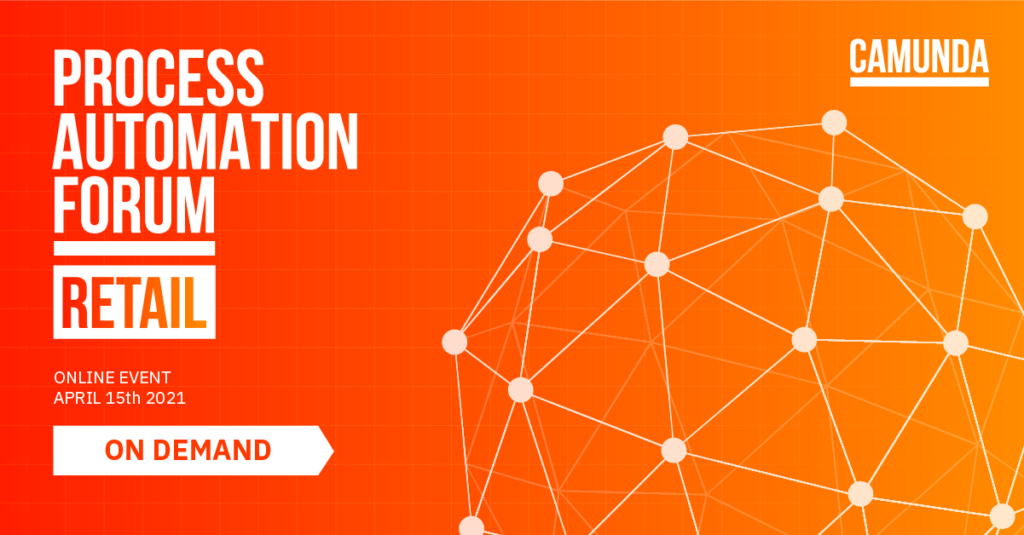Earlier this year, Camunda held the “Process Automation Forum Live: Retail,” a virtual event where we invited Camunda experts to share their thoughts on BPMN technology in the retail environment. Among other presenters, we were joined by Elmar Abbasov, Senior Software Engineer at Zalando. In his session, Abbasov described how his team used Camunda’s BPM platform to orchestrate sales order processing at Zalando, the specific reasons they chose Camunda, and how they ultimately overcame the process challenges they faced.
A Complex Sales Order Process
As Europe’s leading online platform for fashion and lifestyle, Zalando serves around 42 million active customers in 20 markets, with more than 450 million visits per month. With a network of 11 active fulfillment centers in seven different European markets, Zalando offers both a short delivery time and a broad assortment of brands and products.
Unlike retailers that focus on a single market, Zalando collaborates with 25 local carriers and accepts more than 20 different payment methods adapted for each market—meaning its sales order process was particularly complex. And as the company continued to grow and focus on developing new features to enhance the customer shopping experience, its behind-the-scenes workflows grew more complicated and challenging to maintain.
A Scalable, Flexible Solution
Abbasov and his team understood that to scale effectively, they needed to streamline Zalando’s back-end logistics. After reviewing process automation solutions, they chose Camunda for a number of reasons:
- Visibility: Camunda’s BPMN diagrams made it easy for engineers and domain owners to view the workflows.
- Cleaner code: Because they’re bound to the source code, BPMN diagrams are easily understood—making changes simple.
- Scalability: Camunda’s high throughput process engine supports Zalando’s online retail during busy times like cyber week and Black Friday, allowing the company to be resilient.
- Developer-friendly: Comprehensive, extendible APIs keep the Zalando developers happy, allowing them to customize the framework and integrate with internal implementations.
- Superior support: According to Abbasov, Zalando particularly appreciated that when they had issues, needed recommendations or suggestions, Camunda was responsive and thorough.
In essence, Camunda gave Zalando the framework to build a resilient process automation application that precisely fits their needs. Instead of requiring Zalando to fit its workload into predetermined assumptions, Camunda allowed Abbasov and his team to build out Zalando’s order management system, ultimately helping the company achieve increasing levels of scale while maintaining high-quality customer service and speedy delivery.
Learn More from Zalando
In his presentation, Abbasov covered many of the technical details of Zalando’s sales order processes and Camunda implementation. For more information on how Zalando used Camunda to improve its scalability, reliability, and resiliency—all while improving the customer experience, check out this recording from the virtual event.


